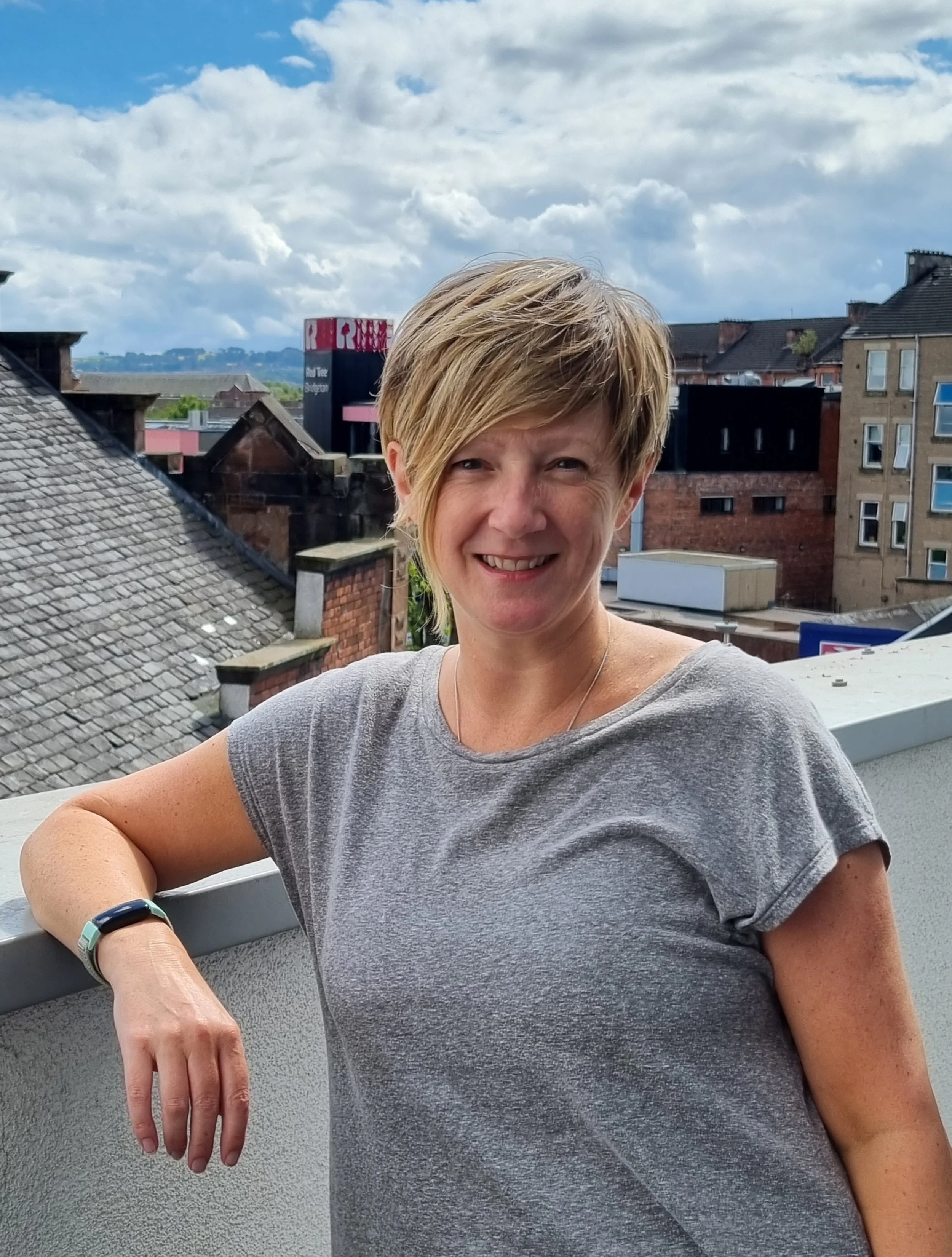Focus on communities creates thriving, flourishing neighbourhoods
Demand for new build homes in Scotland remains strong
After the shut-downs, materials shortages and lack of skilled workers that have challenged the housebuilding industry over the last 18 months, Scotland is going to have to play catch-up in order to meet essential house building targets. But in the rush to build there has to be a recognition of what it takes to make a great development.
Life has changed and the sorts of places we create will have to change too if we are to meet the needs of life after the pandemic.
It’s not just that homes now have to be flexible enough to meet the changing patterns of living and working that have evolved at a rapid pace, but successive lockdowns have shown us that we need strong communities too and that we can’t just leave these to chance.
There’s a responsibility on developers to create new developments that provide benefits for wider neighbourhoods and not just for the residents of the new homes within them. That can mean providing safe walking and cycling routes as well as green spaces that everyone can use and it can involve developers making solid investment in communities as well.
In Longniddry, where we are part of a consortium that is building 450 new homes, we have made improvements to the local primary school and to the village railway station. We’ve helped the Scouts to upgrade their hall and provided wildlife corridors that link with the wider countryside.”
In nearby Aberlady, where we are also building, we have installed public artwork, donated new strips to the local football team and sponsored the local PTS with a fund-raising cookery book.
And when our sister company, Queensberry Properties, won the ‘Best Apartment’ category for its Bonnington Mills development in the recent Scottish Home Awards, they didn’t just gain the accolade because of the design and finish of one particular home. It was because Queensberry placed a priority on preserving the original character of the site and creating a community for residents while at the same time encouraging small businesses to thrive alongside the residential development.
It is this sort of wider focus on what it takes to create thriving, flourishing neighbourhoods that makes the difference between simply building houses and creating a place where even those surrounding the development feel positive about its contribution to their area. But building integrated communities starts even before the foundations are poured. It is about minimising noise and traffic disturbance so that neighbouring homes are not adversely affected by the new buildings going up on their doorstep. And it is considering what new or improved facilities can be created that everyone can share.
Demand for new build homes in Scotland remains strong and because geographical constraints are now less of an issue than then were, semi-rural locations with good connectivity and a strong sense of community are really popular with buyers, who are re-evaluating the way they live and work.
We’ve seen that in East Lothian which, with its proximity to the coast, has become a top choice with homebuyers. But it is happening in cities too, where people are turning to once again to find renewed vibrancy and here developers also have a role to play in making our cities into great places to live. New developments can’t ignore the sentiments of established neighbourhoods, they’ve got to improve the lives of passers-by and local residents as well as delighting the people who actually live in them.
Steven Simpson is Managing Director at Cruden Homes East







